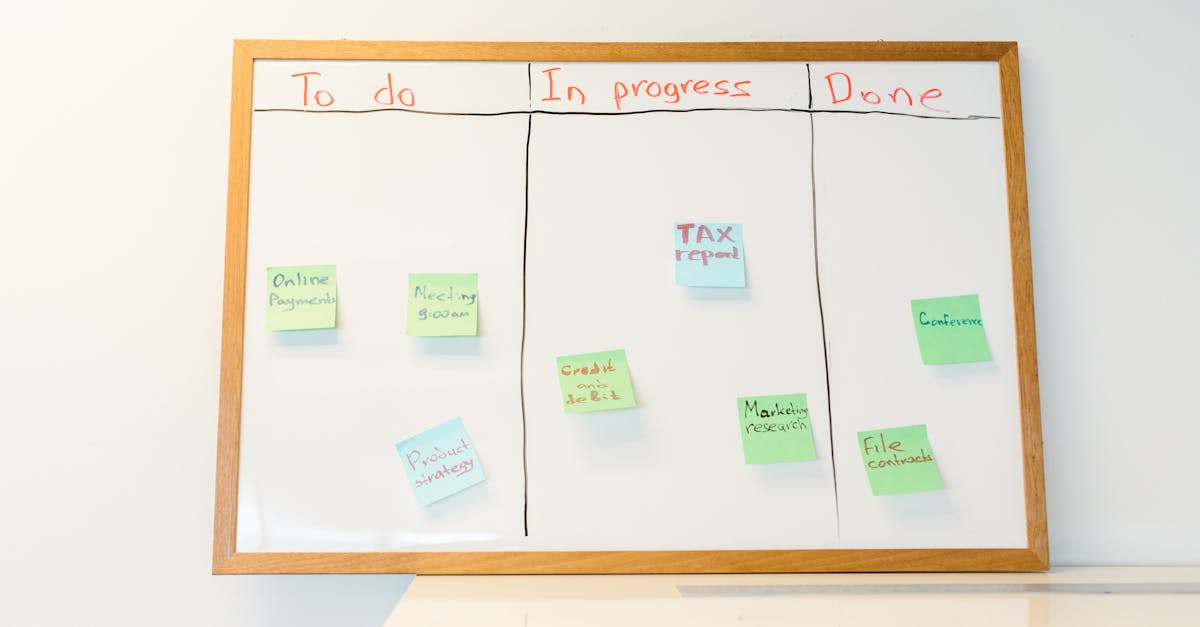
Introduction
Every missed IT ticket, late team introduction, or unclear role expectation chips away at productivity — and too often, at retention. Automated manager onboarding workflows give managers the tools to act quickly and consistently: prefilled task lists, SLA‑driven reminders, gated sign‑offs and auditable handoffs that turn policy into practice. With document automation and no‑code templates you can auto‑populate role variables, delegate tasks like offer letters and IT requests, trigger escalation nudges when SLAs slip, and capture manager sign‑offs to protect the candidate experience.
In this post you’ll find pragmatic steps and ready‑to‑use templates to build an effective HR onboarding checklist: map manager responsibilities to measurable tasks and SLAs, configure auto‑populating checklists and reminders, implement no‑code templates and escalation flows, measure manager impact, and bundle a starter template pack — plus the best practices to sustain continuous improvement. Read on to make manager accountability simple, measurable and repeatable so new hires arrive ready and stay engaged.
Define manager responsibilities during onboarding and map them to measurable tasks (IT setup, introductions, training assignments)
Managers are the operational owners of the HR onboarding experience — they turn processes into actions. Make each responsibility explicit and pair it with a measurable task and SLA.
Core responsibilities and measurable tasks
- IT setup — Request devices, access, and accounts. Measurable task: submit IT ticket within 1 business day of offer acceptance; SLA: device delivered or account provisioned within 3 business days.
- Team introductions — Schedule meet-and-greets and assign a buddy. Measurable task: calendar invites sent and buddy assigned by new hire start date; SLA: introductions completed in week 1.
- Training assignments — Assign role-specific learning and compliance courses. Measurable task: training plan created in LMS and due dates set; SLA: 30/60/90-day checkpoints configured.
- Role clarity — Provide goals, KPIs and success criteria. Measurable task: first 30‑day goals document uploaded; SLA: day 3 post‑start.
- Performance check-ins — Conduct weekly touchpoints in month 1. Measurable task: check-in notes recorded; SLA: 1 per week for 4 weeks.
Link these items to your HR onboarding checklist and HR onboarding process so they surface in the manager’s dashboard and in onboarding software or HR onboarding systems.
Build manager checklists that auto‑populate with role variables and trigger reminders tied to SLAs
Auto‑populating checklists reduce manual work and ensure consistency across roles. Drive manager compliance by pre-filling role variables (team, level, location, required equipment, mandatory trainings).
Checklist design elements
- Role variables: job title, department, required apps, training modules — used to render an HR onboarding template specific to the hire.
- Dynamic tasks: tasks that appear only for certain roles (e.g., lab access for R&D).
- Reminders and SLAs: attach deadlines to each task and auto-trigger reminders at configurable intervals (48h before due, on due date, overdue nudges).
Use these features in your HR onboarding software so managers get a contextual HR onboarding checklist populated by the system. This is the backbone for consistent new hire onboarding and the HR onboarding process steps you’ll report on.
Use no‑code templates to delegate actions (appointment letters, task assignments, promotion/readiness checks) and require manager sign‑offs
No‑code templates let HR and managers delegate administrative steps without engineering support. Templates should include signature fields and conditional flows so a manager must sign off before the next stage starts.
Practical templates to implement
- Job offer & appointment letters: standardize language and merge role variables. (See templates: job offer letter and appointment letter.)
- Manager task assignments: create forms that assign tasks to IT, People Ops, facilities and log completion.
- Promotion/readiness checks: build checklists that managers complete and sign to confirm promotion readiness or escalation to talent review. Use the promotion template where applicable.
- Completion certificates: issue acknowledgement or achievement certificates for milestones to reinforce progress (example: completion certificate).
Require manager sign-offs to gate progress. This creates an auditable trail and ensures handoffs occur only after explicit approval.
Create escalation workflows when SLAs are missed and send automated nudges to preserve candidate experience
Missed SLAs create friction in both candidate experience and early employee engagement. Escalation workflows maintain momentum and protect your employer brand.
Escalation design
- Tiered escalations: automated reminders → manager escalation → people ops intervention → leadership alert.
- Notification channels: email, Slack/MS Teams, SMS for critical misses.
- Time-based triggers: e.g., if IT setup not completed within SLA, auto-open ticket and notify manager after 24h, then People Ops after 48h.
- Candidate-facing nudges: friendly status updates to new hires keep the experience positive (confirm expected timelines and next steps).
Integrate these workflows in your onboarding software so missed SLAs automatically spawn the next action. This preserves candidate and new hire experience while keeping managers accountable.
Measure manager impact: completion rates, new‑hire progress checkpoints and early retention signals
Quantify manager contributions with targeted onboarding metrics. Tracking these KPIs lets you identify coaching opportunities and systemic bottlenecks.
Key metrics to track
- Completion rate: percent of manager tasks completed by SLA.
- Time-to-ready: days until new hire reaches baseline productivity or training completion.
- Checkpoint compliance: percent of 30/60/90 checkpoints completed and rated.
- Early retention signals: voluntary exits in first 6 months, new-hire engagement survey scores, buddy feedback.
- Candidate experience: NPS or satisfaction scores during offer-to-start window.
Correlate these metrics with HR onboarding process steps and the HR onboarding checklist to see which manager activities most impact retention and productivity. Use dashboards in your HR onboarding system or onboarding software to visualize trends and drive manager coaching.
Template pack to get started: offer & appointment letters, manager task forms and completion certificates
Provide managers with a ready-to-use pack so they can quickly act on responsibilities without reinventing documents.
Suggested starter kit
- Job offer letter template — merge fields for compensation, start date and conditions.
- Appointment letter template — formalize role, reporting line and equipment needs.
- Manager task form — prebuilt checklist that captures IT requests, access levels and buddy assignment. Use this as your core HR onboarding checklist.
- Promotion/readiness template and completion certificate — for transitions and milestone recognition.
Bundle these into your HR onboarding template library so managers can launch workflows from a single interface in your HR onboarding software or HR onboarding system.
Implementation best practices: manager playbooks, onboarding handoffs and feedback loops to continuously improve the workflow
Execution matters. Equip managers with practical playbooks and a feedback loop so the onboarding process improves over time.
Best practices
- Manager playbooks: one-page guides for role-specific onboarding steps, checklists, sample messages and escalation paths.
- Clear handoffs: define when ownership moves between recruiter → manager → IT → payroll and document acceptance criteria for each handoff.
- Regular feedback loops: collect feedback from new hires and managers at 1, 4 and 12 weeks and feed results back into templates and SLAs.
- Continuous refinement: use onboarding metrics and employee experience data to iterate on the HR onboarding process steps and your HR onboarding checklist.
- Train managers on tools: short workshops on the HR onboarding software, HR onboarding system and checklist usage improve compliance.
These practices align talent management, new hire training and employee retention strategies so onboarding becomes a repeatable competitive advantage.
Summary
Automated manager onboarding workflows make it straightforward to turn policy into practice: define clear manager responsibilities, map those responsibilities to measurable tasks and SLAs, use auto‑populating checklists and no‑code templates to delegate actions, and build escalation flows and metrics so you can continuously improve. By using document automation you remove repetitive work, create auditable sign‑offs that satisfy HR and legal, and cut the friction that causes early drop‑off. The result is a repeatable, measurable HR onboarding experience that gets new hires productive faster and gives managers practical tools to deliver it — start building with the template pack and integrations at https://formtify.app.
FAQs
What is HR onboarding?
HR onboarding is the structured process that brings a new hire from offer acceptance to being fully productive in their role. It includes administrative setup, role clarity, training assignments, introductions, and the manager‑owned touchpoints that guide the employee through early milestones.
How long should onboarding last?
Onboarding duration varies by role and complexity, but a common approach is to plan structured activities across the first 30/60/90 days with weekly check‑ins in month one. Treat onboarding as a continuous program—administrative set‑up may finish in days, but competency, cultural integration, and retention signals often require months of follow‑up.
What are the key steps in the onboarding process?
Key steps include offer and paperwork completion, IT and access provisioning, introductions and buddy assignments, a role‑specific training plan, and scheduled performance check‑ins at 30/60/90 days. Map each step to a measurable task and SLA so managers and HR can track completion and escalate missed items.
How can HR improve employee onboarding?
Improve onboarding by automating routine documents and checklists, using no‑code templates for task delegation and sign‑offs, and instrumenting SLAs with reminders and escalation flows. Monitor manager completion rates, time‑to‑ready, and early retention signals, then iterate on templates and playbooks based on that feedback.
Is onboarding the same as orientation?
No — orientation is typically a short, initial introduction to company policies and benefits, while onboarding is the longer process of integrating a new hire into their role and team. Onboarding includes orientation but also covers training, goal‑setting, manager check‑ins, and the operational handoffs required for long‑term success.





